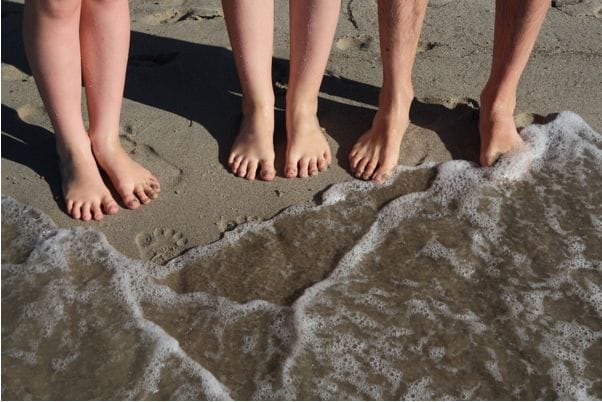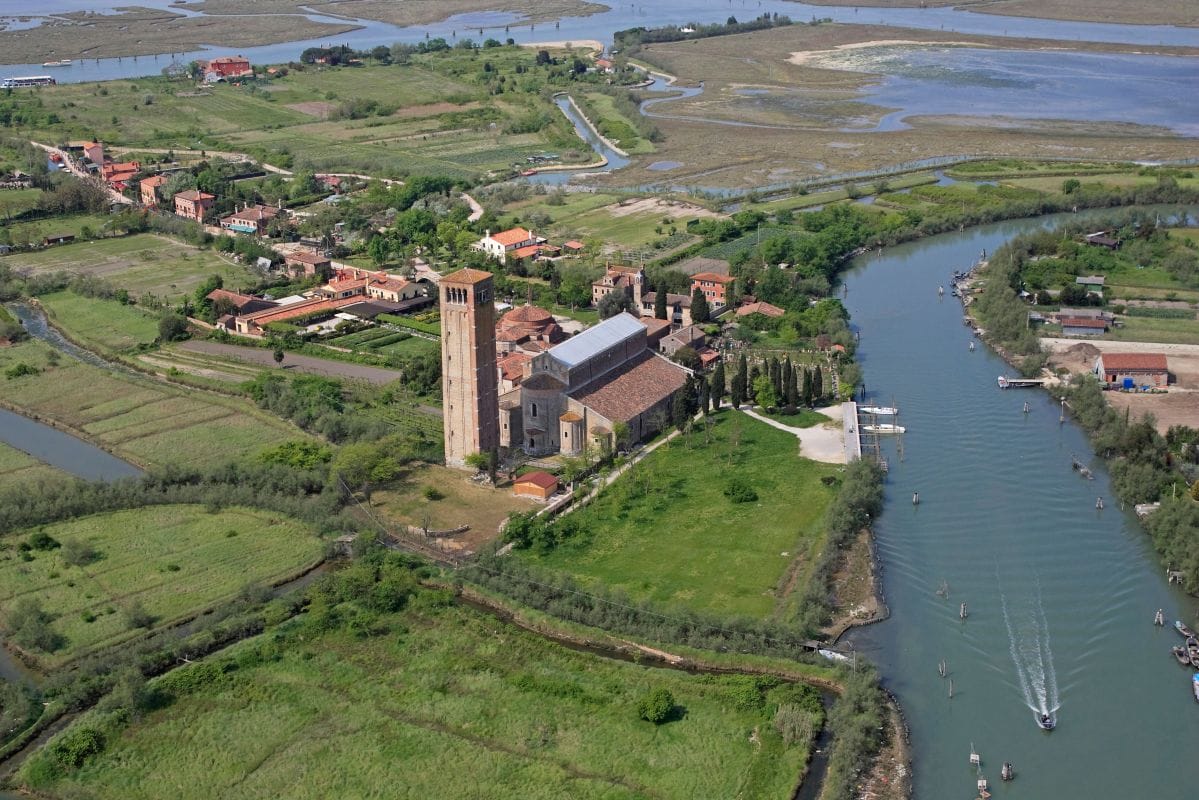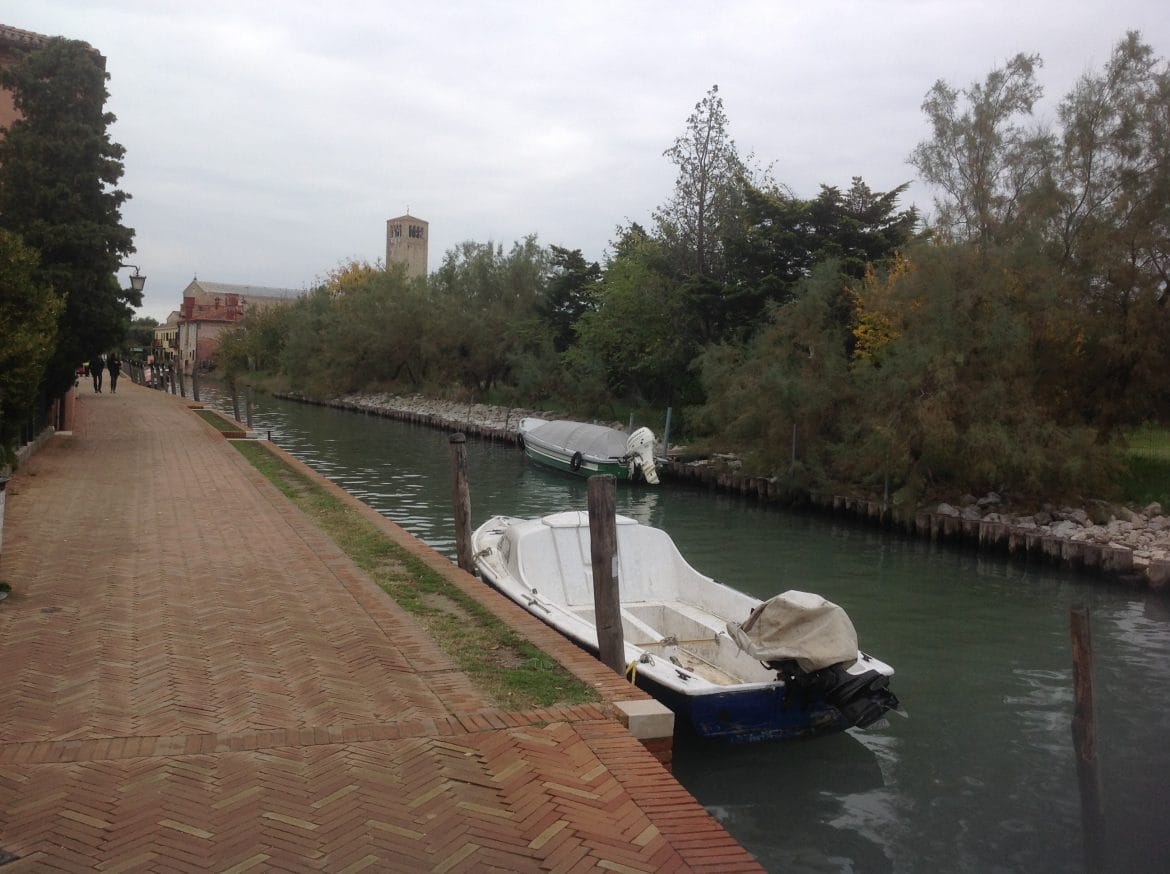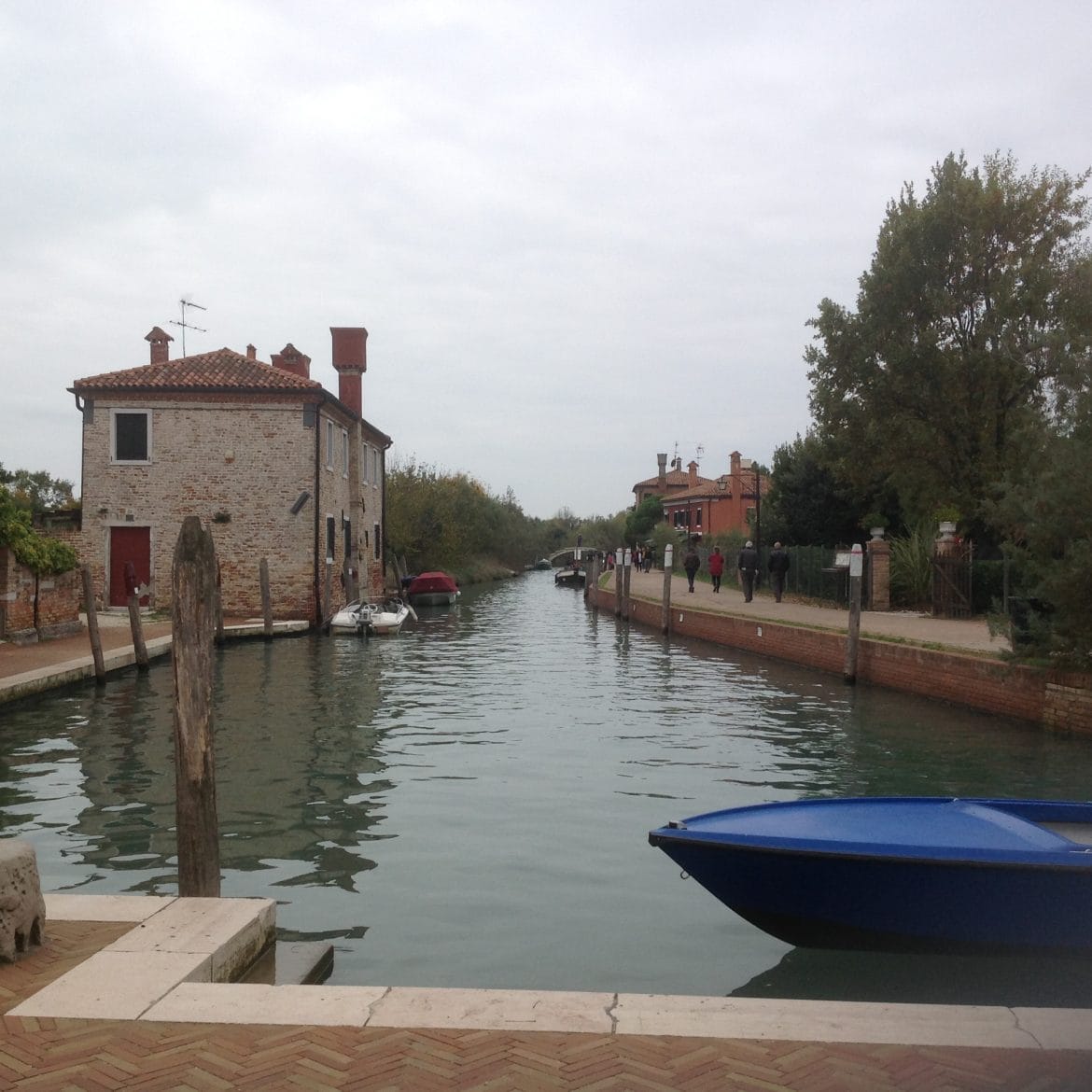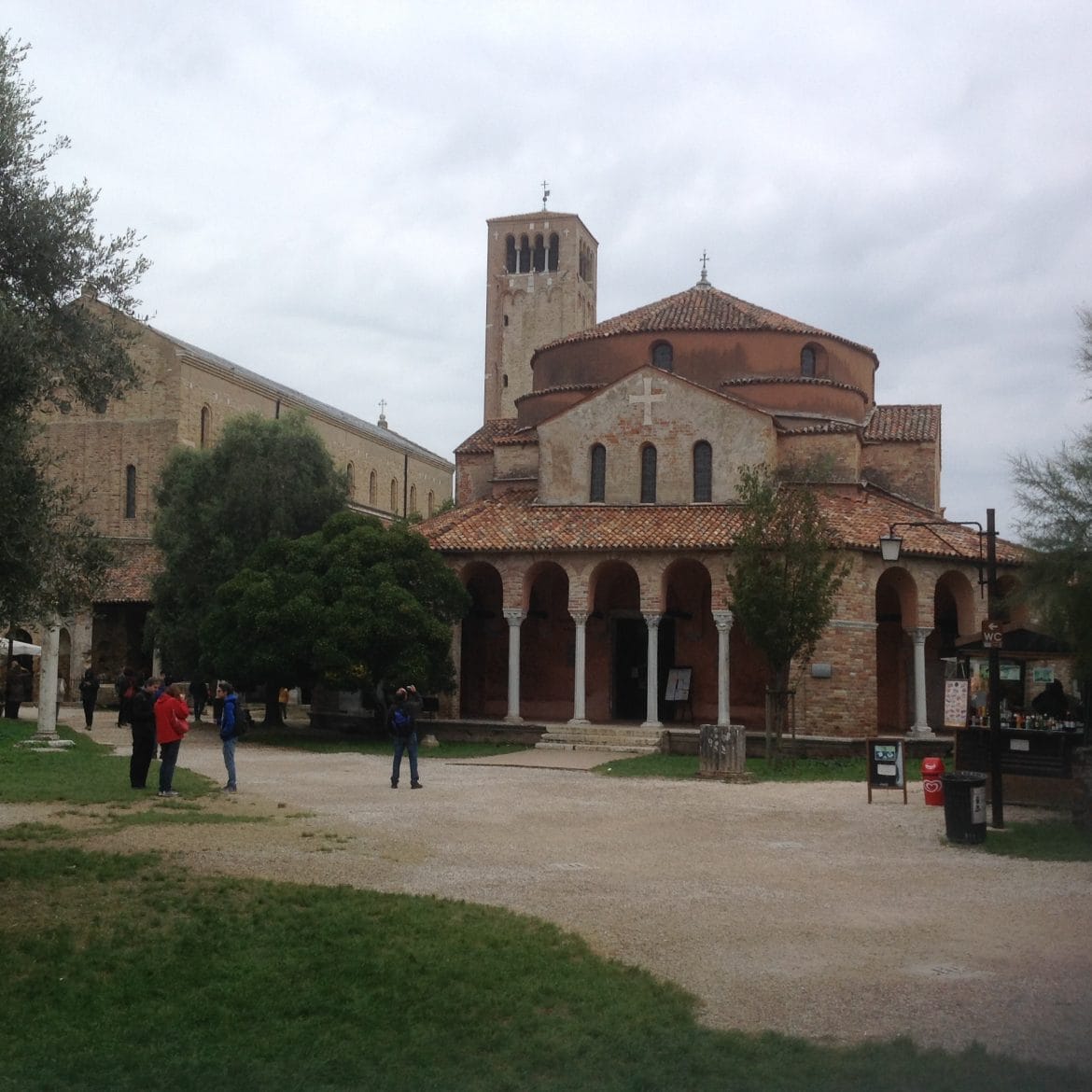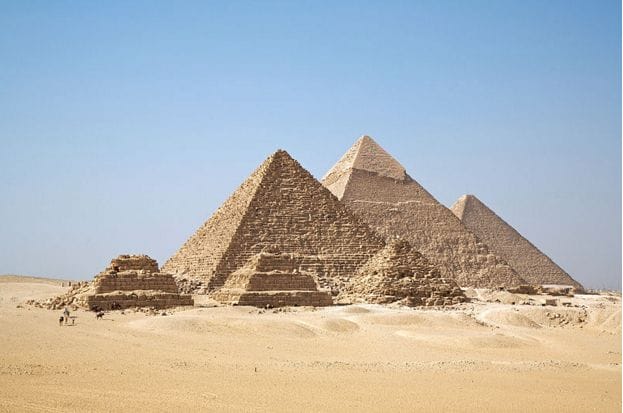The wistful isle of Torcello rests comfortably in a Northern corner of the Venetian lagoon. It is easily reached by vaporetto, and offers a tranquil (usually) retreat from the hustle and bustle of Venice. It is very sparsely populated, but in times gone by it was the grandest, richest and most populous of the lagoon islands.
Brief history
After the fall of the Roman Empire mainland residents fleeing successive waves of barbarian invaders sought sanctuary on Torcello, and by 638 it had become the bishop’s official residence. Growth and prosperity quickly followed with the population reaching 10,000 -30,000 by the 10th century, though some scholars now deem this an overestimate, suggesting that 3,000 might be nearer the mark. By the 12th century, however, decline had set in: canals became choked with silt, malaria and other diseases ravaged the inhabitants. Many decided that a better life was to be had in the increasingly prosperous Venice, returning only to salvage building materials from demolished palazzi and cloisters.
All that remains of its ancient splendour is a small, grassy piazza surrounded by a cathedral, bell tower, church and the small council and archives palaces.
Today
Torcello has the air of melancholia that often surrounds fallen grandeur. And this feeling is intensified under the subdued sunlight of late autumn, particularly if there are few tourists.
After disembarking at the vaporetto stop you head along a well made path by the side of Torcello’s main canal. Very soon you will spy a short, grassy lane that leads to Casa Museo Andrich, an artist’s house displaying over 1000 works. This has only recently opened to the public, and entrance is for guided tours only. These can be booked on the Venezia Unica portal Viva ticket and vivovenezia.it
The stroll to the piazza only takes 5-10 minutes, and along the way there are opportunities for refreshment. The first restaurant is of rustic appearance and offers the cheapest fare. The most famous is the Locanda Cipriani, an expensive restaurant whose guests have included Prince Charles and Princess Diana, Winston Churchill, Charlie Chaplin, Ernest Hemingway and Paul Newman.
The piazza, though small, still retains a hint of Torcello’s former glory. Pride of place belongs to the part Byzantine, part Gothic cathedral of Santa Maria Assunta, which as Jan Morris notes in her seminal book on Venice, was described as the most moving church in Christendom. The present structure dates from 1008, but has incorporated features from a much earlier church. Covering the west wall at the end of the nave is a huge, detailed mosaic illustrating, sometimes grotesquely, the Crucifixion, the Resurrection of the Dead and the Last Judgement. The outstanding attraction lies at the other end of the cathedral – the intensely moving, profoundly spiritual 13th century apse mosaic of the Teotoca Madonna, set against a restrained gold background. Some have deemed this equal to any mosaic in Venice. But with the eye so drawn to heavenly treasures it is easy to miss the exquisite mediaeval floor mosaics.
If you have the energy and would like a superb view of the surrounding lagoon and islands, then pay a few euros and climb up the sloping ramp to the top of the bell tower. You will not be disappointed.
The adjacent, tranquil, Byzantine church of Santa Fosca was constructed in the 11th and 12th centuries on a Greek cross design.
The small Museo di Torcello is housed in what was the council and archives palaces. It displays artefacts collected from the surrounding area. The museum is closed on public holidays. Further artefacts are scattered around the piazza, including the so-called Throne of Attila. Attila the Hun probably never sat on this throne; it is more likely to have been used by the bishop or local magistrates. But myth and legend inevitably surround places of antiquity. Another myth concerns the origin of the heyday of Torcello – apparently mainland people who fled the barbarian hordes were divinely directed to the island.
There are entrance charges for the cathedral, bell tower and museum, though combination tickets are available. Entrance to the church of Santa Fosca is free.
Getting there
A regular vaporetto service runs from the Fondamente Nuove in Venice to Burano (42 mins). The journey from Burano to Torcello takes only 10 minutes, and is very regular.
If you plan to visit Burano and perhaps Murano as well as Torcello you should consider a day ticket. Buying tickets for individual journeys can prove costly – a short journey from Burano to Torcello costs the same as from Venice to Burano.
It’s probably best to avoid public holidays. We recently thought that we would escape the day trippers that can clog some Venetian streets on All Souls day by visiting the lagoon islands. Mistake!
You also need to keep an eye on the weather. The otherness of Torcello is undoubtedly amplified by a ghostly light mist, but beware – if this thickens to dense fog the ferry service stops.

